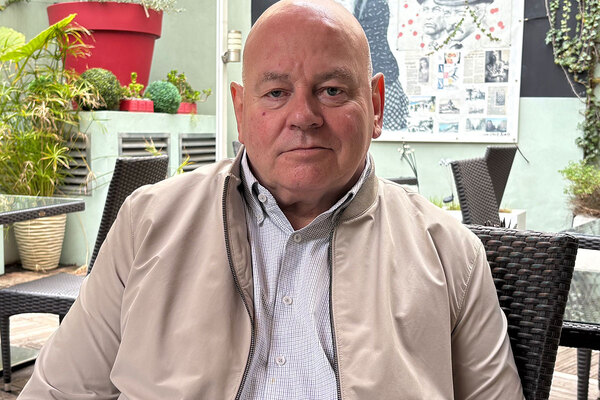
London needs a million new homes – but how do we get there?
Building the homes London requires means honest conversations about density and the fair use of land. Policymakers must tackle these issues head on, writes Claire Bennie
Is London’s population still going to grow? Do people want to live in flats? Where will these new flats be built? Who is in control of London’s land?
These and many other ‘fairness and equity’ issues are fuelling the turbulence surrounding the revisions to our shared social contract: the London Plan, which is seeking to build almost 700,000 new homes over the next decade.
And this takes us to the heart of the most emotive and yet dry-sounding policy aspect of that plan: density – the measure of how many people or homes occupy a given area of land.
To provide new homes, it is clear that either open space must be released or housing densities will have to rise on the scarcer land which can be repurposed.
In Capital Gains, a new Fabian Society report, I estimate one million homes will be needed over a period of 20 years – representing an approximately 30% addition to London’s current stock.
Building a million new homes is not a trivial matter when it comes to land take. However, it does raise the question of which land we should build on.
Some experts have suggested redeveloping, expanding or converting existing properties at a higher density than they currently exist – known as ‘intensification’. My own estate, built in the 1950s, consists of 241 homes which replaced three, and where the buildings were (and still are) triple the height of their surrounding neighbours. Were these blocks welcomed in their time? Perhaps not, but they are very popular now.
Publicly owned housing estates have been targeted as easier prospects to ‘intensify’ and redevelop in recent years, but the understandable popular backlash, as well as the sheer cost and logistics of doing this, means only slim returns in terms of the volume of new homes.
“Policymakers and pro-development influencers are in denial about the essential dilemma of building new housing at higher densities in London”
So policymakers and developers should be looking at other land to build these new homes, such as old retail parks, industrial areas and, yes, we should probably look at some of the less useful open space.
But enough about land: policymakers and pro-development influencers are in denial about the essential dilemma of building new housing at higher densities in London. Put crudely, it makes technocratic sense to optimise scarce land, but the resulting homes – flats – are still not those aspired to by the majority here.
Added to that, the law and lending regime associated with flats in England is second class, offering less protection and more expensive finance options. To remedy this, new private rented sector developers are making better offers to their residents (typically including longer lets, more communal space and better services), but their built product is too often of the brutal long corridor, single aspect variety.
It is worth reminding ourselves at this point that 70% of London households are childless, a fact that gets lost in the constant mantra about ‘family housing’.
Flats would therefore appear to be a sensible solution to the capital’s housing need, if only empty nesters could be persuaded to downsize. The scale of under occupation in England is staggering: we could house the entire population again in its spare rooms.
A shift towards flat living requires confronting the likelihood that higher density schemes attract a greater cost of management and maintenance than houses, and those costs cannot be deferred.
This brings us to the concerns of those who don’t live in the homes but who must accept them into their local neighbourhood or city.
“The path to fairer growth which we are seeking now will more easily be found if we can see the journey ahead, and the destination: a city which thrives and regenerates whether or not it grows”
Overcoming keenly felt ‘local acceptance’ challenges seems daunting, but is the key element of the cultural shift which I believe can and should happen and which requires concerted leadership.
The citizens of Toronto, Vancouver or Melbourne may scratch their heads at these various technical barriers and at the societal hostility as much of their new build housing is in high-rise blocks. So is it possible to overcome the adversarial voices coming from some quarters, rebuild trust and enable a new generation of enthusiastic flat dwellers to rise up in London?
To move towards higher-density living in London, this is where I would start:
- A very simple and clear narrative about London’s growth and the trade-offs needed to achieve an equitable use of land needs to be articulated by the Greater London Authority
- A clear and unapologetic ‘infrastructure enhancement programme’ that celebrates its existence, championed by Transport for London
- Enhanced status for flat living via a dedicated national centre with local presence
Fair and responsible land-use intensification is at the heart of this; but while acknowledging that it is necessary now, is it sustainable as a longer-term civic goal?
The path to fairer growth which we are seeking now will be more easily found if we can see the journey ahead, as well as the destination: a city which thrives and regenerates whether or not it grows.
Claire Bennie, architect and founder, Municipal











